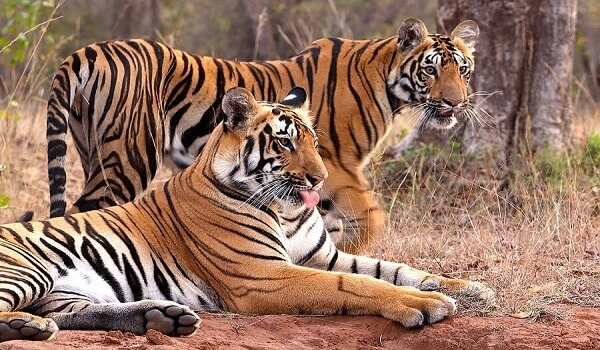Bhutan, a small eastern Himalayan country, has achieved a remarkable conservation success by increasing its tiger population by 27% since 2015. According to the most recent survey conducted in 2021 and 2022, there are now an estimated 131 tigers within Bhutan’s borders. This achievement is a result of collective efforts from the Royal Government of Bhutan, local partners, and non-governmental organizations like WWF-Bhutan.
Bhutan’s journey towards achieving the current tiger numbers began over a decade ago when the country joined a global effort to double the number of wild tigers by 2022. This commitment went hand-in-hand with Bhutan’s promise to preserve over half of its land under forest cover, a decision deeply rooted in the country’s cultural connection with nature.
New Insights from the National Tiger Survey
- The 2021-2022 national tiger survey brought new insights into Bhutan’s growing tiger population.
- It revealed tiger sightings in regions not previously known to have tigers and recorded breeding tigers at high elevations, supporting the theory that Bhutan is a source site for tigers in the region.
Empowering Communities Through Conservation Groups
- In 2022, Bhutan’s government worked with local communities in Trongsa to establish six Gewog Tiger Conservation Tshogpa (committee) – community-led tiger conservation groups that promote stewardship of tigers, manage human-tiger conflict, and provide livestock insurance.
- These conservation groups, located in human-tiger conflict hotspots, have made significant strides in fostering human-tiger coexistence and safeguarding both people and tigers.

